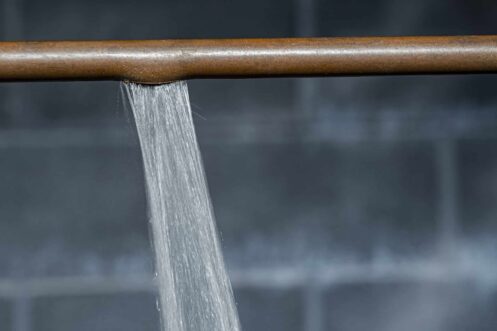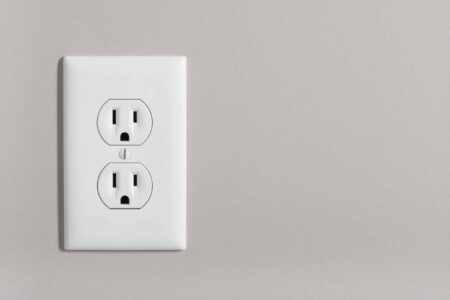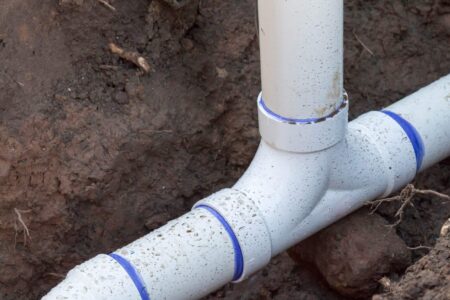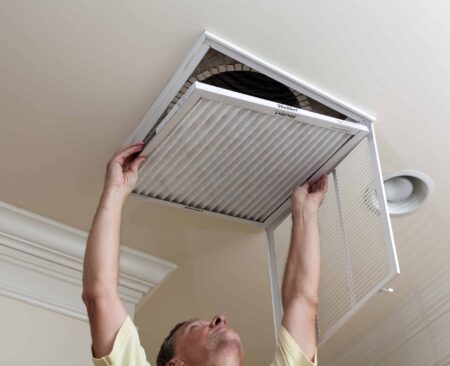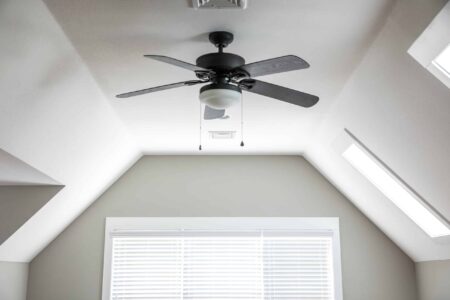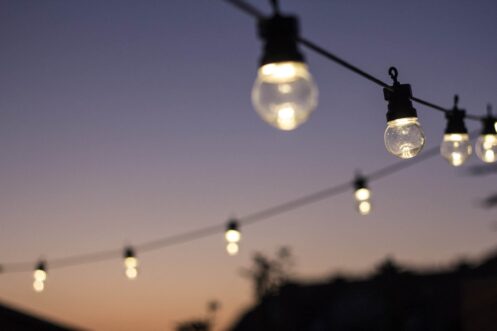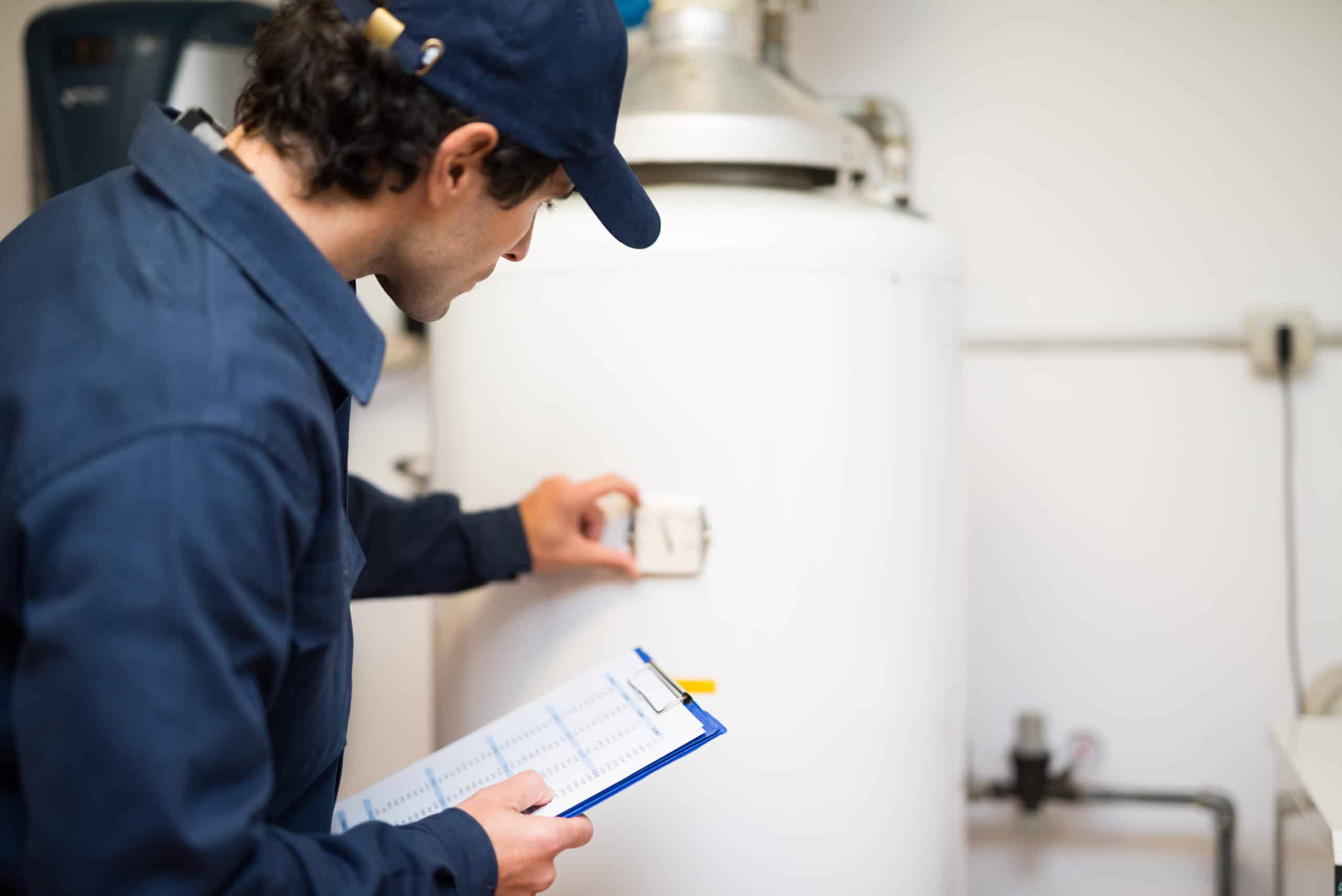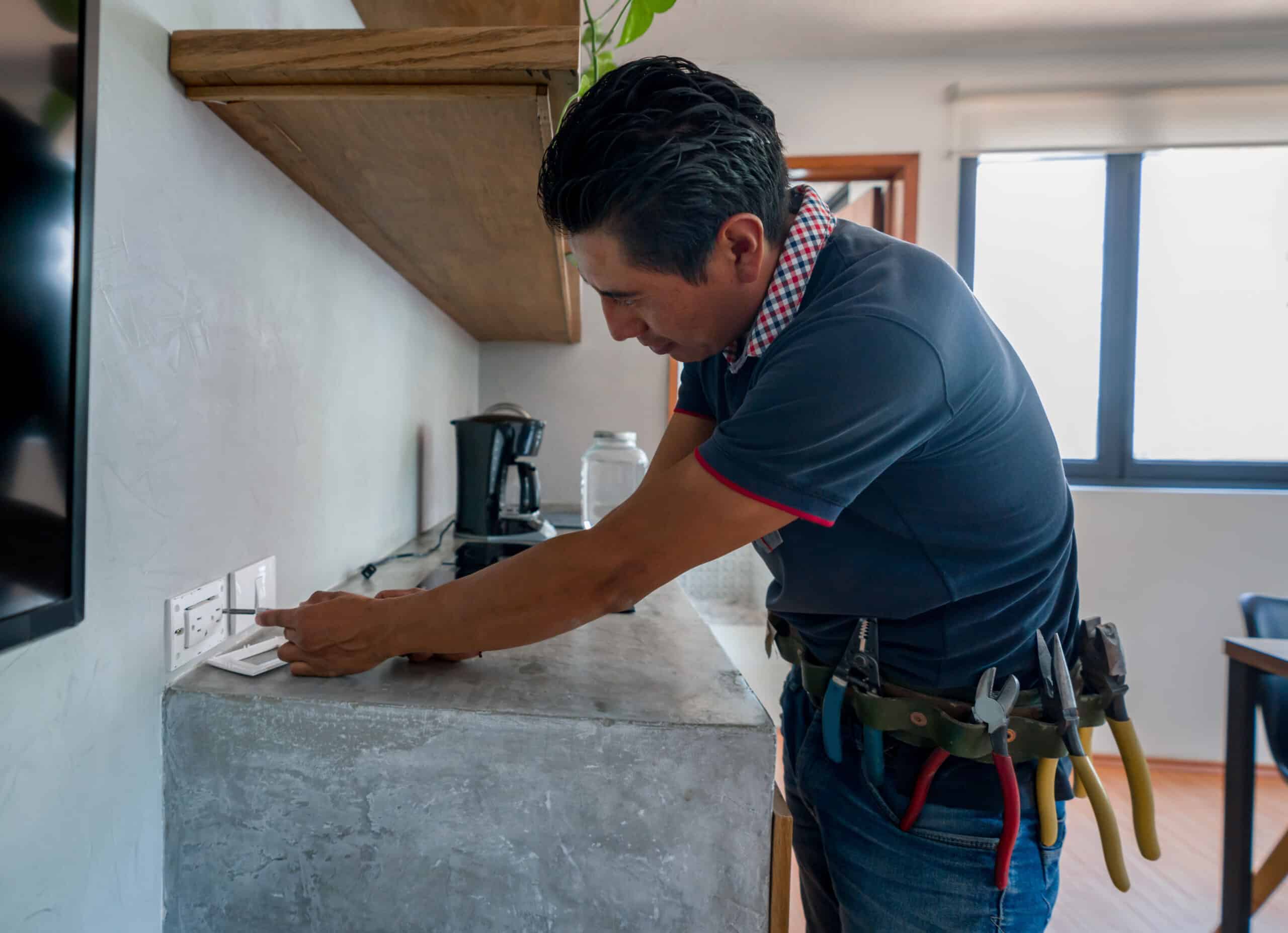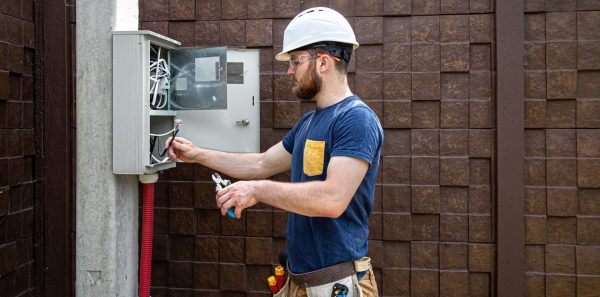A pipe burst can be incredibly inconvenient and disrupting to your daily routine. It can lead to water damage, structural issues and the need for costly repairs. Plus, the stress and inconvenience of dealing with the aftermath can be overwhelming. Taking swift action and contacting a plumber promptly is essential to minimize the inconvenience and mitigate further damage. However, it isn’t always easy to figure out if a pipe has burst or what made it do so.
Causes of Pipe Bursts
In residential settings, pipe bursts can occur for various reasons. One common cause is freezing Anthony temperatures, especially in colder climates, which can cause water inside pipes to freeze. As the water freezes, it expands, ultimately rupturing the pipe. Another common culprit is aging or deteriorating pipes, particularly in older homes, where corrosion or rust weakens the pipe material over time; this makes them prone to leaks and bursts. Less common causes of pipe bursts include excessive water pressure, which can stress the pipes beyond their capacity, and physical damage from construction or landscaping activities, such as accidentally striking a pipe with heavy machinery.
How to Detect a Burst Pipe
Dealing with a burst pipe can be a homeowner’s nightmare, but early detection is key to minimizing damage and expenses. Here’s how to spot the signs.
Inspect Visible Pipes for Signs of Damage
When inspecting visible pipes for signs of damage, start by examining exposed pipes in areas like basements, crawl spaces and under sinks. Look for any visible cracks, bulges or corrosion along the length of the pipes. Pay close attention to joints and connections, as these are common areas for leaks to develop. Use a flashlight to illuminate dark areas and make it easier to spot potential issues. Check for signs of water stains or discoloration around the pipes, which could indicate past leaks or ongoing water damage. Take note of any dampness or moisture present, as this may suggest an active leak that requires immediate attention from a professional plumber.
Listen for Unusual Sounds
When listening for unusual sounds that might indicate a burst pipe, pay attention to any hissing, gurgling or banging noises coming from the
plumbing system. These noises could be a sign of water escaping from a damaged pipe or pressure buildup within the pipes. Use a stethoscope or simply put your ear close to the pipes to listen for any abnormal sounds. Another technique is to turn off all appliances and faucets in your home to minimize background noise. This makes it easier to hear any unusual sounds emanating from the pipes.
Check for Water Leaks or Puddles
To check for water leaks or puddles that may indicate a burst pipe, start by examining areas where pipes are visible, such as under sinks, around appliances and in basements or crawl spaces. Look for any signs of water stains, dampness or puddles forming near the pipes. Inspect ceilings, walls and floors for any discoloration or warping, as these can be signs of water damage from a burst pipe.
Observe Changes in Water Pressure or Temperature
If you notice a decrease in water pressure when using faucets or showerheads, it could indicate a leak in the plumbing system. Similarly, if you experience fluctuations in water temperature, such as unexpectedly hot or cold water, it may be a sign of a burst pipe affecting the flow of water.
What to Do if You Suspect a Burst Pipe
There are several important steps you can take as a homeowner if you experience a pipe burst. Taking these actions is vital to protecting your home’s plumbing system.
Turn Off the Main Water Supply
Your first line of defense in the event of a pipe rupture emergency is to switch off the main water supply. This crucial step stops the flow of water and prevents further flooding, minimizing potential damage to your home. Usually, you can find the main shut-off valve next to the water meter or at the point where the main water line enters your house. To turn off the water, turn the valve clockwise.
Open Faucets to Relieve Pressure
By turning on both hot and cold water faucets, you allow any remaining water in the pipes to flow out, reducing the pressure inside the system. This step can help prevent further damage to the pipes and minimize the risk of additional leaks or bursts. Opening faucets can also help drain excess water from the affected area, making it easier to clean up and assess the extent of the damage. Remember to keep the faucets open until the water stops flowing entirely, which signals a reduction in pressure.
Collect and Remove Excess Water
After shutting off the main water supply and opening faucets to relieve pressure, it’s crucial to collect and remove any excess water caused by the burst pipe. Use towels, mops or a wet-dry vacuum to soak up standing water and prevent it from causing further damage to your property. Floors, rugs and furniture are prime locations for the water to collect and pool. Promptly removing excess water helps prevent mold growth, structural damage and other issues associated with water damage. Once you’ve removed as much water as possible, consider using fans or dehumidifiers to dry out the affected areas and minimize moisture levels.
Document Damage for Insurance Purposes
Document the damage for insurance purposes. Take photographs or videos of the affected areas, including any water damage to floors, walls, ceilings and belongings. Make detailed notes describing the extent of the damage and listing the affected items. This documentation will be invaluable when filing an insurance claim and can help ensure that you receive the compensation you’re entitled to for repairs and replacements. You’ll also want to keep track of any expenses related to mitigating the damage. This can include things like hiring professional cleaners or purchasing drying equipment. Your insurance policy may reimburse you for these costs.
Move Valuables Away from Affected Areas
Move any valuables away from affected areas to prevent further damage. Begin by identifying items that are at risk of water damage, such as electronics, furniture and personal belongings. Carefully relocate these valuables to a dry and safe location, preferably on higher ground or in another room unaffected by the leak. By taking proactive measures to protect your valuables, you can minimize the potential for irreparable harm and reduce the financial impact of the water damage. Remember to prioritize items that have sentimental value.
Contact a Licensed Plumber Immediately
Contact a licensed plumber immediately to address the issue. A professional plumber has the expertise and tools necessary to quickly assess the extent of the damage and implement effective repairs. Delaying the repair process will lead to further damage to your home’s infrastructure and potentially costly repairs. A licensed plumber can provide valuable guidance on steps to take to prevent future pipe bursts and ensure the long-term integrity of your plumbing system.
Don’t let the stress of a burst pipe overwhelm you. Let our professionals take care of it for you. We work on HVAC units and plumbing systems and also provide
electrical services. Contact us at Eck Services now to schedule a pipe repair for your Anthony home.


